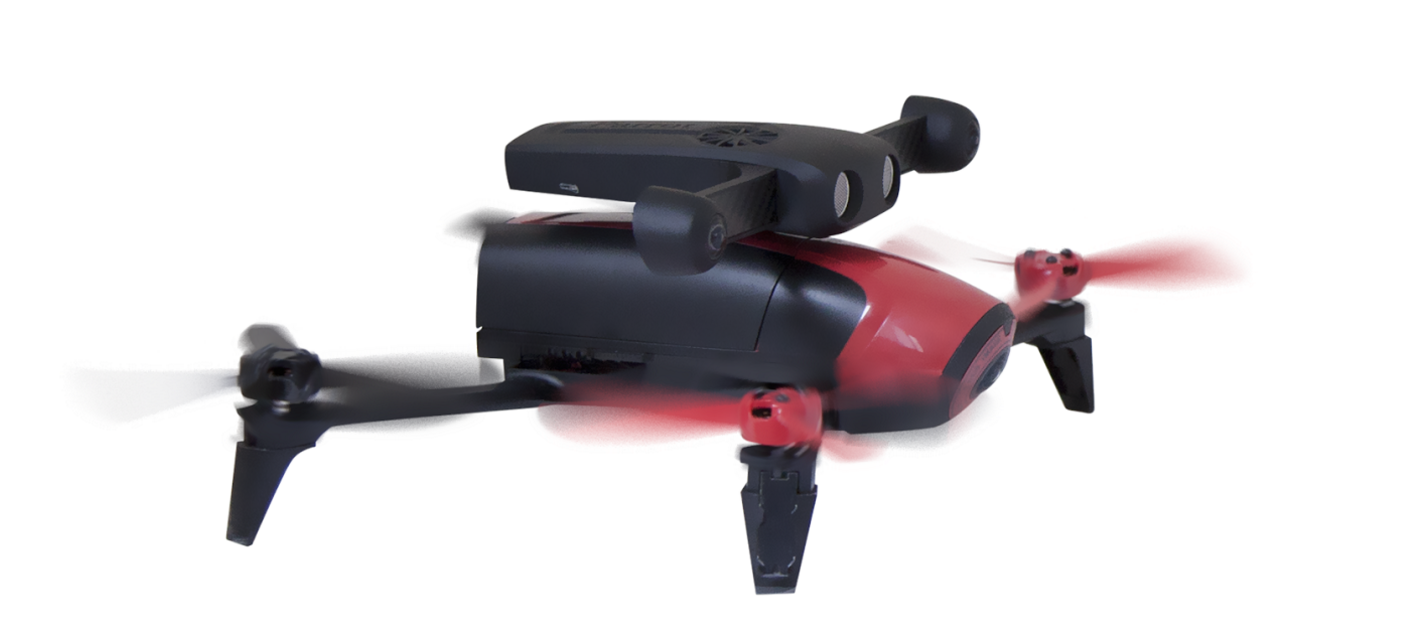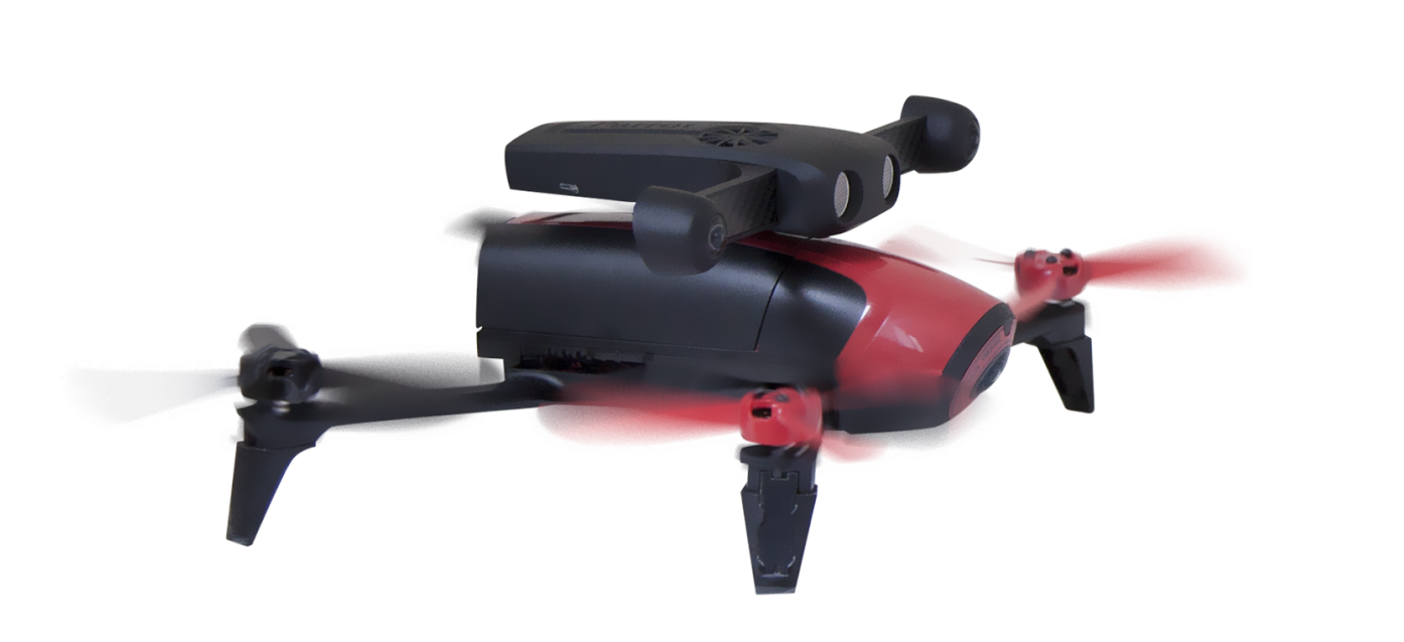From Canonical:
Parrot collaborates with Canonical to launch the Parrot S.L.A.M.dunk, a new development kit for the creation of autonomous and obstacle avoidance drones and robots. Powered by Ubuntu and ROS (Robot Operating System), it gives developers a familiar environment to prototype solutions such as autonomous driving, 3D mapping, or simply using the on board stereo camera and sensors for data gathering.
Just attach the Parrot S.L.A.M.dunk to a drone, plug it into the power source and flight controller and you’ve transformed your drone into an intelligent robot.
The Parrot S.L.A.M.dunk is particularly suited to an environment with no GPS or numerous obstacles where its S.L.A.M. (Simultaneous Localization and Mapping) software can be used to help the drone understand and navigate its environment.
With support for Ubuntu and ROS, it uses the most popular and versatile robotic development environment. This means that whilst drones are the primary market for the Parrot S.L.A.M.dunk, it can be used for a much wider set of “robots”, flying wings, articulated arms and roving robots amongst others. Ubuntu and ROS are the preferred choices for robotics developers and researchers, explaining why Parrot decided to choose to offer the combination as a key component of their development kit.
From a hardware point of view, the Parrot S.L.A.M.dunk packs an impressive spec into just 140g, including:
- NVIDIA Tegra K1
- Fish-eye stereo camera with a 1500×1500 resolution at 60fps
- Inertial-measurement unit (IMU)
- Ultrasound sensor
- Magnetometer
- Barometer
To top off the list, the Parrot S.L.A.M.dunk boasts a HDMI port… just plug it into a screen and you’ll get one of the oddest shaped Ubuntu 14.04 computer you can find! Being able to run an Ubuntu desktop directly from the device is a great way for developers to do quick iterative development directly on the board and test their results literally on the fly.
Parrot collaborates with Canonical to launch the Parrot S.L.A.M.dunk, a new development kit for the creation of autonomous and obstacle avoidance drones and robots. Powered by Ubuntu and ROS (Robot Operating System), it gives developers a familiar environment to prototype solutions such as autonomous driving, 3D mapping, or simply using the on board stereo camera and sensors for data gathering.
Just attach the Parrot S.L.A.M.dunk to a drone, plug it into the power source and flight controller and you’ve transformed your drone into an intelligent robot.
The Parrot S.L.A.M.dunk is particularly suited to an environment with no GPS or numerous obstacles where its S.L.A.M. (Simultaneous Localization and Mapping) software can be used to help the drone understand and navigate its environment.
With support for Ubuntu and ROS, it uses the most popular and versatile robotic development environment. This means that whilst drones are the primary market for the Parrot S.L.A.M.dunk, it can be used for a much wider set of “robots”, flying wings, articulated arms and roving robots amongst others. Ubuntu and ROS are the preferred choices for robotics developers and researchers, explaining why Parrot decided to choose to offer the combination as a key component of their development kit.
From a hardware point of view, the Parrot S.L.A.M.dunk packs an impressive spec into just 140g, including:
- NVIDIA Tegra K1
- Fish-eye stereo camera with a 1500×1500 resolution at 60fps
- Inertial-measurement unit (IMU)
- Ultrasound sensor
- Magnetometer
- Barometer
To top off the list, the Parrot S.L.A.M.dunk boasts a HDMI port… just plug it into a screen and you’ll get one of the oddest shaped Ubuntu 14.04 computer you can find! Being able to run an Ubuntu desktop directly from the device is a great way for developers to do quick iterative development directly on the board and test their results literally on the fly.




Comments
... and disappointed it's not the X1 ;(
Guess one may use a usb wifi dongle or a usb ethernet dongle
Looks like a promising product, but where is the Ethernet and WiFi connectivity?
Without Ethernet how will you be able to use this as a standalone product in a sensible manner, send telemetry, stream video (NVidia K1 has great GStreamer video hardware support) etc?
Amazing how these guys are leading the pace with commercial tech.
This sounds like a great integrated system that combines vision, with sonars, baro and compass sensors, the right computing power and non-proprietary Linux/ROS software stacks, to achieve effective obstacle avoidance.
Would have liked even better long range lidars (like the SF11 from laser developer) instead of sonars but maybe weight and power consumption was an issue?
I have to admit this is the first Parrot product I'd be ready to buy and try and where I could see a widespread use and not only diy'ers.
what's the price ?
-
1
-
2
of 2 Next